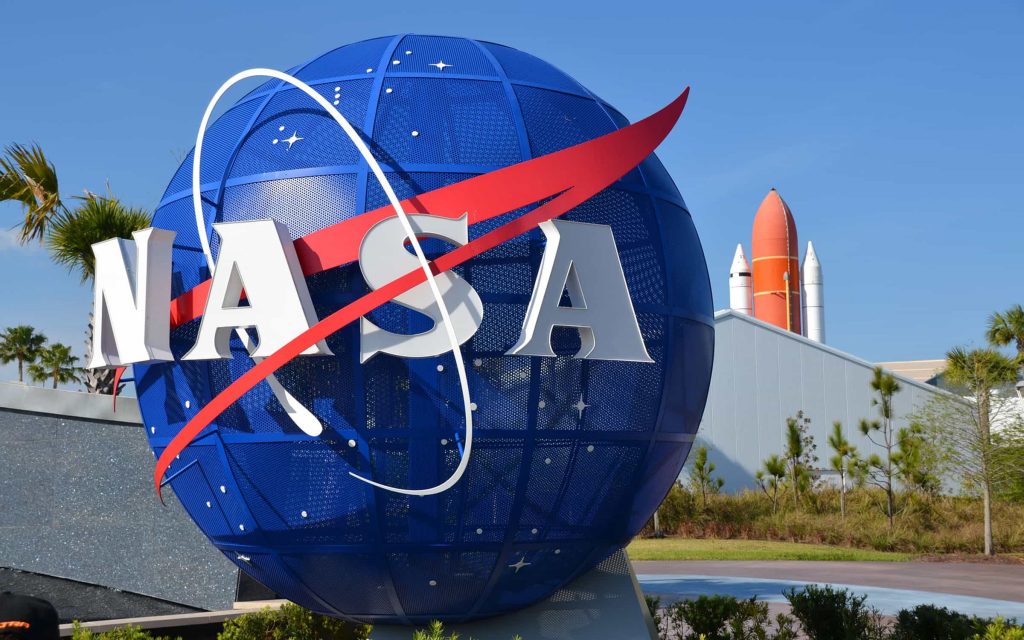NASA’s planet-hunting Kepler space telescope has woken up from yet another slumber and begun collecting science data again, the US space agency has said.
It began collecting science data on August 29 for its 19th observation campaign.
“After being roused from sleep mode, the spacecraft’s configuration has been modified due to unusual behaviour exhibited by one of the thrusters,” NASA said in a statement on Thursday.
“Preliminary indications are that the telescope’s pointing performance may be somewhat degraded. It remains unclear how much fuel remains; NASA continues to monitor the health and performance of the spacecraft,” it added.
In July, NASA placed the spacecraft, with 2,650 confirmed planets, in a hibernation-like state in preparation to download the science data collected in its latest observation campaign.
On August 3, Kepler successfully began downloading its store of science data from its Campaign 18 and then went into sleep mode after downloading Campaign 18 data on August 24.
Launched in 2009, the Kepler mission is specifically designed to survey our region of the Milky Way galaxy to discover hundreds of Earth-sized and smaller planets in or near the habitable zone and determine the fraction of the hundreds of billions of stars in our galaxy that might have such planets.
Among other findings, recently 24 new planet discoveries were made using data from the 10th observation campaign, adding to the spacecraft’s growing bounty of 2,650 confirmed planets.
The Kepler space telescope, which is now 94 million miles away from Earth, has survived many potential knock-outs during its nine years in flight, from mechanical failures to being blasted by cosmic rays.
NASA in April launched another planet-hunting spacecraft, the Transiting Exoplanet Survey Satellite (Tess).
After the Kepler space telescope, Tess is the second spacecraft which will search for planets outside our solar system, including those that could support life. IANS
